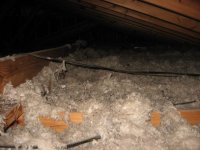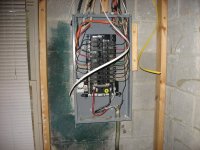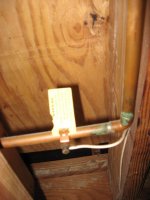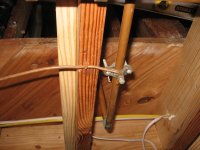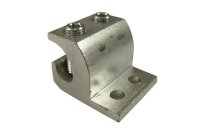OK, let me try again.
You should have 3 electrodes: (1) if your water service is metal (copper) and underground for at least 10', then you should connect to it either outside, or inside within 5' of it entering the building. (2 and 3) two grounds rods, at least 6' apart, each one in contact with the earth at least 8', so fully buried if only 8' long (which is convenient, you can bury the connection and the conductor going to it).
Pick one electrode. Run an unspliced #6 copper conductor from the service panel neutral/ground bar to the electrode and connect it with a proper grounding clamp for the electrode type (water pipe or ground rod). For the other electrodes, you again use a grounding clamp for a #6 copper conductor, but this jumper conductor can have splices, and you can run it to any where convenient: an electrode already connected to the panel, or to one of other #6 copper conductors you've already run, or back to the main panel. You could even do it all with a single unspliced conductor, if you want, going from the panel to one electrode to the next in a daisy chain.
Now use a properly sized split bolt to connect the telephone grounding wire to any of the #6 copper grounding conductors, wherever is convenient.
That's the state of affairs you want to get to. If you find you have only one ground rod, and it is currently connected with an unspliced #6 conductor to the service panel (so it meets the unspliced requirement), then you can just extend the conductor going to the water pipe to the proper location within 5' of entering the building. And you can drive a second ground rod 6' away or more, and run a jumper conductor to the existing round rod, or the #6 conductor going to it.
Cheers, Wayne

